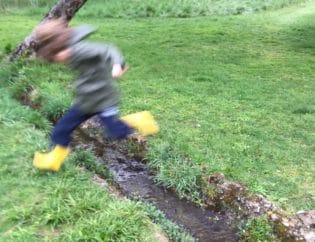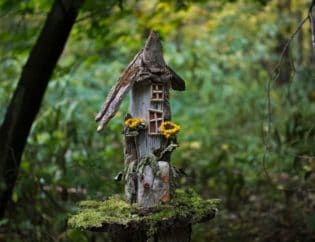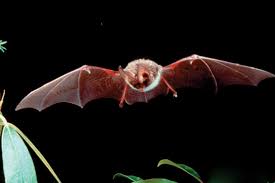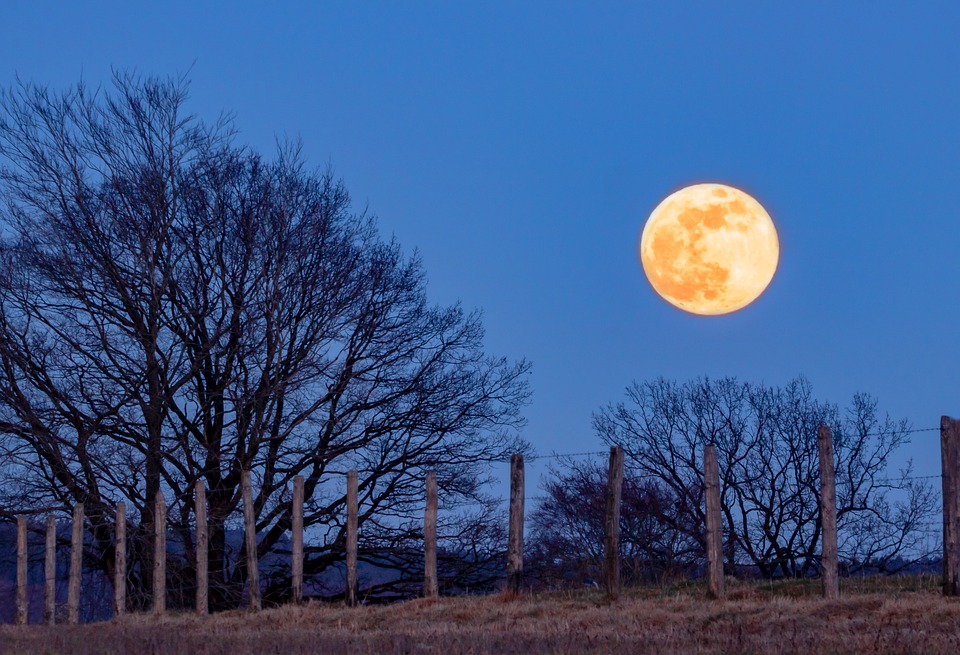
A walk under the moon is a great way to spend time together as a family. Kids love getting out at night, it's exciting for them!
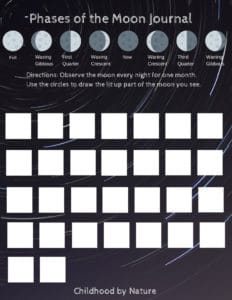 If you can head out for a hike, plan a safe route that you scout out on your own and head out for a neighborhood night hike on a night when everyone is tempted to turn on the devices. Make it super easy by keeping flashlights near the door. Get the kids to engage all of their senses, but night hikes are especially good for hearing as its fun to hone in on "night sounds." Evening hikes are an excellent way to observe exciting animals like owls or woodcocks. And the chorus of frogs on a summer evening is something all children should experience.
If you can head out for a hike, plan a safe route that you scout out on your own and head out for a neighborhood night hike on a night when everyone is tempted to turn on the devices. Make it super easy by keeping flashlights near the door. Get the kids to engage all of their senses, but night hikes are especially good for hearing as its fun to hone in on "night sounds." Evening hikes are an excellent way to observe exciting animals like owls or woodcocks. And the chorus of frogs on a summer evening is something all children should experience.
No time for a walk under the stars? Encourage your kids to spend some time under the stars by taking on the role of moon observer for a month. Keeping a moon journal is a great way to sharpen a child's observation skills as they will have to look for ever-changing patterns in the moon. With practice, your child can even predict the phase that will appear the next night and next week, becoming a lunar expert!
Help your child keep track of their moon observations using our moon journal printable. All they have to do is observe the moon every night for one month and use the printable to draw the lit up part of the moon they see. There's a handy key included which tells them which phase of the moon they are seeing. It's helpful if they also record the date/ time and note weather conditions keep them from observing the moon.
Some Fun Facts About the Phases of the Moon
The moon’s shape doesn’t actually change. It’s always round. What changes is how much of it we can see. These changing shapes are called phases of the moon.
The side of the moon that faces the sun is brightly lit. The other side is unlit. We can see the sunlit part easily, but the unlit part is usually very faint.
When the moon is between the Earth and the sun, the bright side is facing away from us and the moon looks totally dark. This is called a new moon.
When the moon is on the opposite side of the Earth from the sun, the whole sunlit side faces us and the moon looks full.
All the other shapes appear in between those positions, as the new moon grows to full and then turns back to new once again.
It takes 29.5 days (about a month) for the moon to orbit Earth. That’s why the moon cycles through all its phases in a month’s time.



